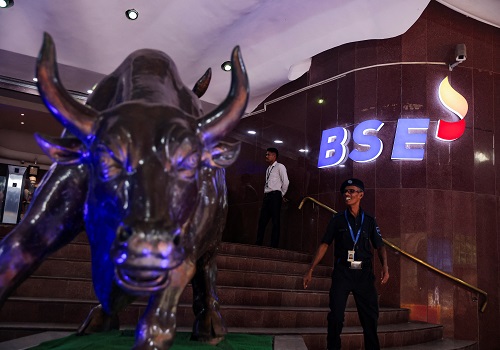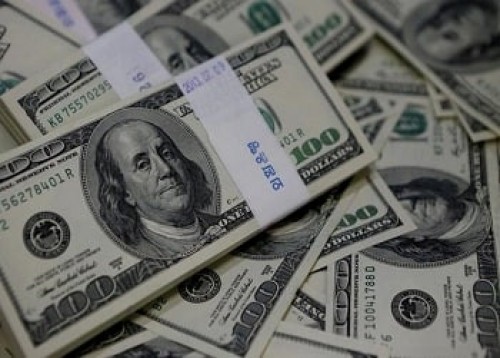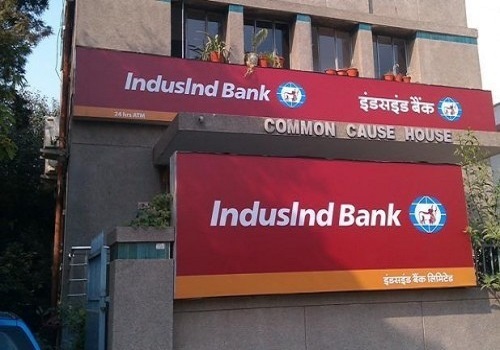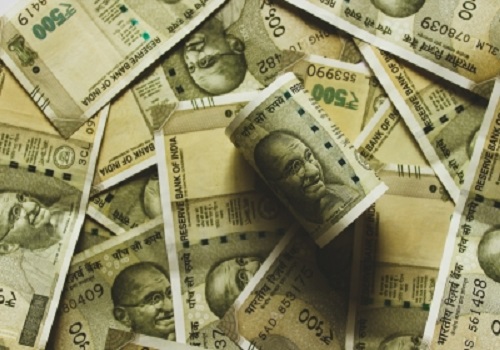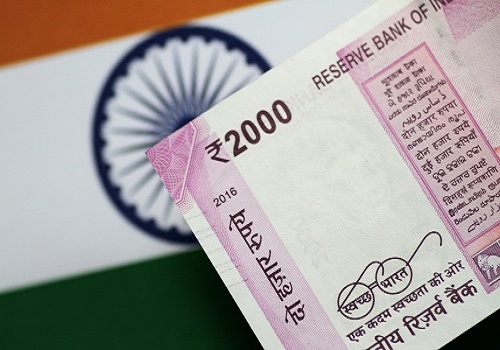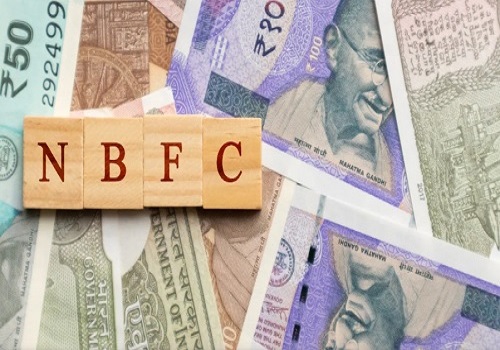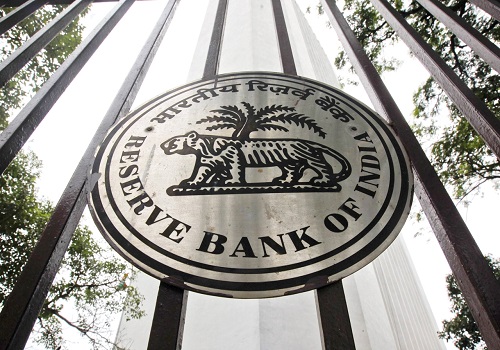India Economy: RBI raises repo rate as expected; external balances to improve as inflation differentials begin favouring INR - ICICI Securities
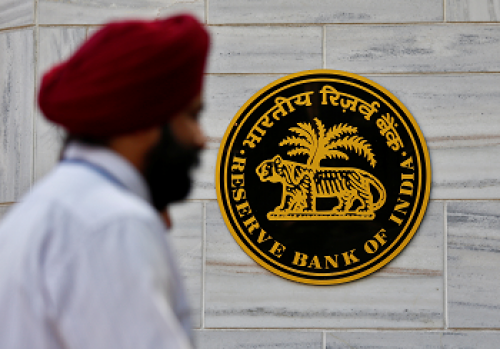
Follow us Now on Telegram ! Get daily 10 - 12 important updates on Business, Finance and Investment. Join our Telegram Channel
https://t.me/InvestmentGuruIndiacom
Download Telegram App before Joining the Channel
? The RBI raised its policy repo rate to 5.9% on 30th Sep’22 as expected, bringing India’s real policy rate to -1.1%, while the US is at -5%, the UK at -7.65% and the Eurozone at -8.75%. (Indonesia, benefitting from surging commodity prices, is one of the few economies that has a higher real policy rate than India: -0.44%). We continue to expect India’s policy rate to peak at 6.15% in Dec’22, by which point India’s inflation rate will edge down to 6% YoY, restoring a positive real policy rate.
? India’s current account deficit (CAD) widened to 2.8% of GDP in Apr-Jun’22 (Q1FY23), taking the 4qma of the current account to a deficit of 2.07% of GDP (well below the FY13 peak of 5% of GDP). The CAD is likely to widen further to 3.3% of GDP in Q2FY23 as the merchandise deficit widens to 10% of GDP during that quarter, while the services surplus continues to strengthen. After 5 quarters of merchandiseled export recovery, the Apr-Jun’22 quarter marked the first in which ‘invisible’ exports grew faster (+31% YoY) than goods exports (+26% YoY), a trend that likely continued in Q2FY23 as export duties on steel, refined-petroleum and food-grains constrained goods exports. We expect the export duties to be eliminated over the next 2-6 weeks, and consequently expect the current account to rebound to a deficit of 1.6% of GDP in H2FY23, aided by lower oil prices, sustained strength in services exports, and renewed goods export momentum.
? India’s external debt declined to US$617bn in Jun’22 (19.4% of GDP) from US$620.7bn in Mar’22, a prudent response to rising US interest rates. (More than half of India’s external debt is denominated in USD). The RBI has chosen to expend US$70bn of FX reserves since Mar’22 to prevent faster INR depreciation, as it persists with its policy of keeping the real effective exchange rate (REER) stable. INR has appreciated substantially against EUR, GBP, JPY, KRW and latterly also against CNY. While REER stability has worked well for the RBI, any loss of competitiveness against CNY and other east Asian currencies is a concern. Inflation differentials with major trading partners now favour INR, and will do so even more over the next 3 months as a strong kharif crop is harvested, easing food prices. Alongside lower Brent crude prices, India’s CPI inflation rate will likely moderate to 6% YoY in November, enabling a rebound in the INR in Q4FY23 (Jan-Mar’23).
To Read Complete Report & Disclaimer Click Here
For More ICICI Securities Disclaimer https://www.icicisecurities.com/AboutUs.aspx?About=7 SEBI Registration number is INZ000183631
Above views are of the author and not of the website kindly read disclaimer

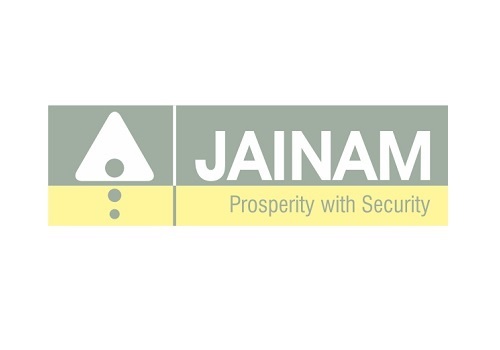





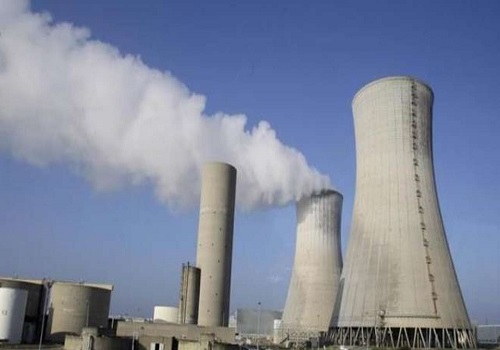


Tag News

Monthly Debt Market Update, September 2023: CareEdge Ratings





